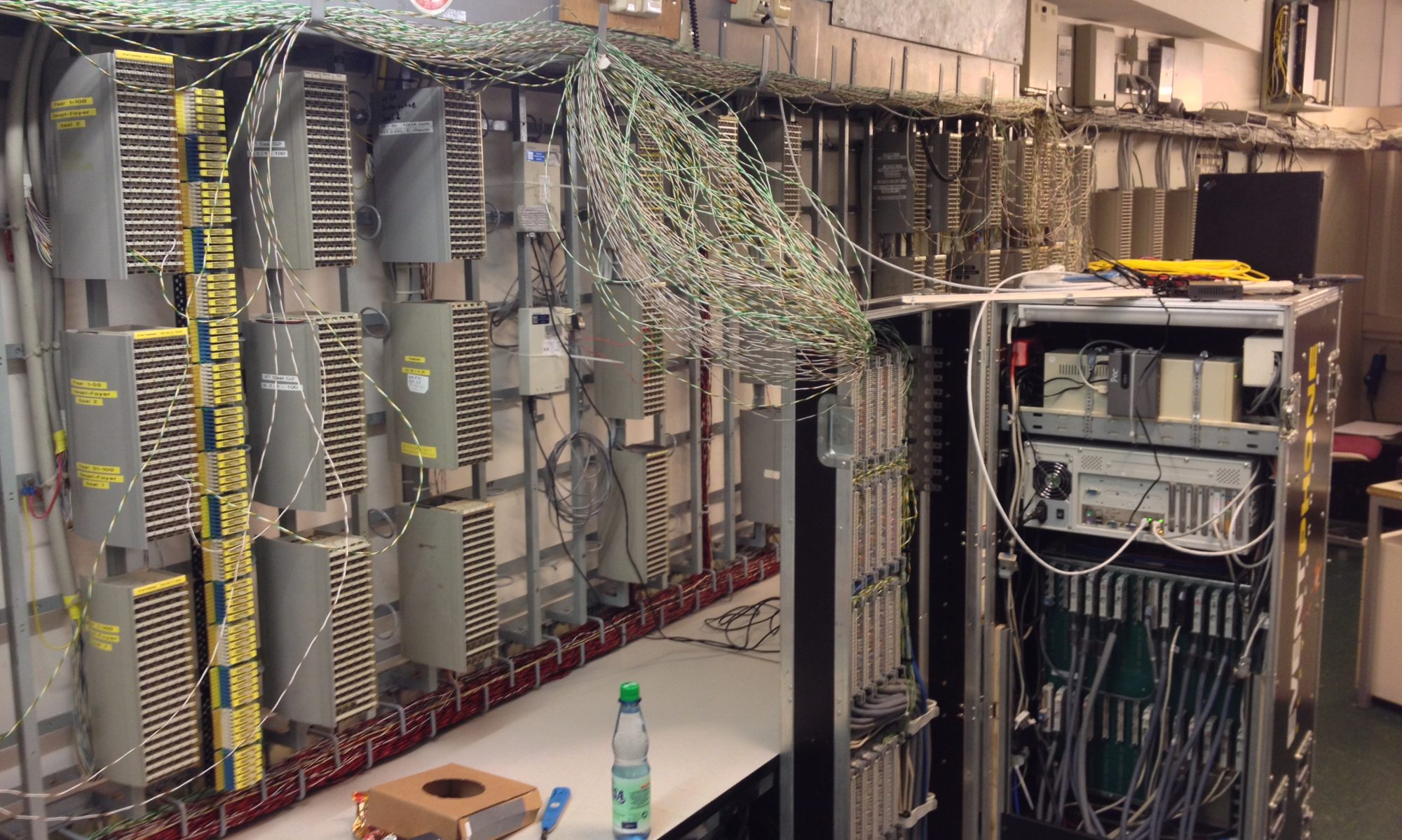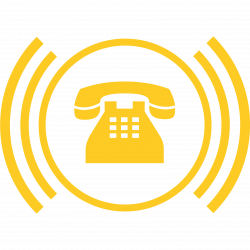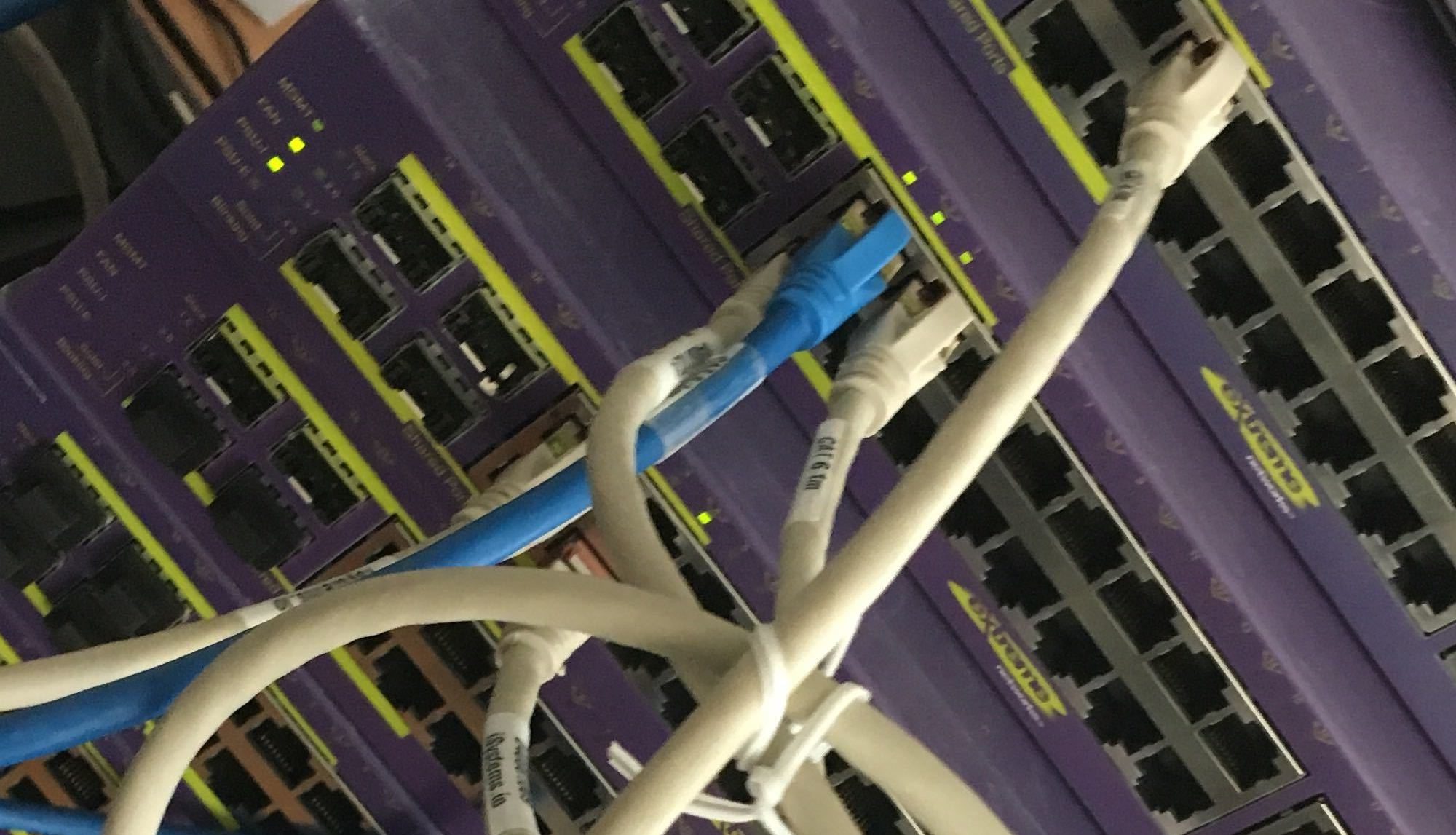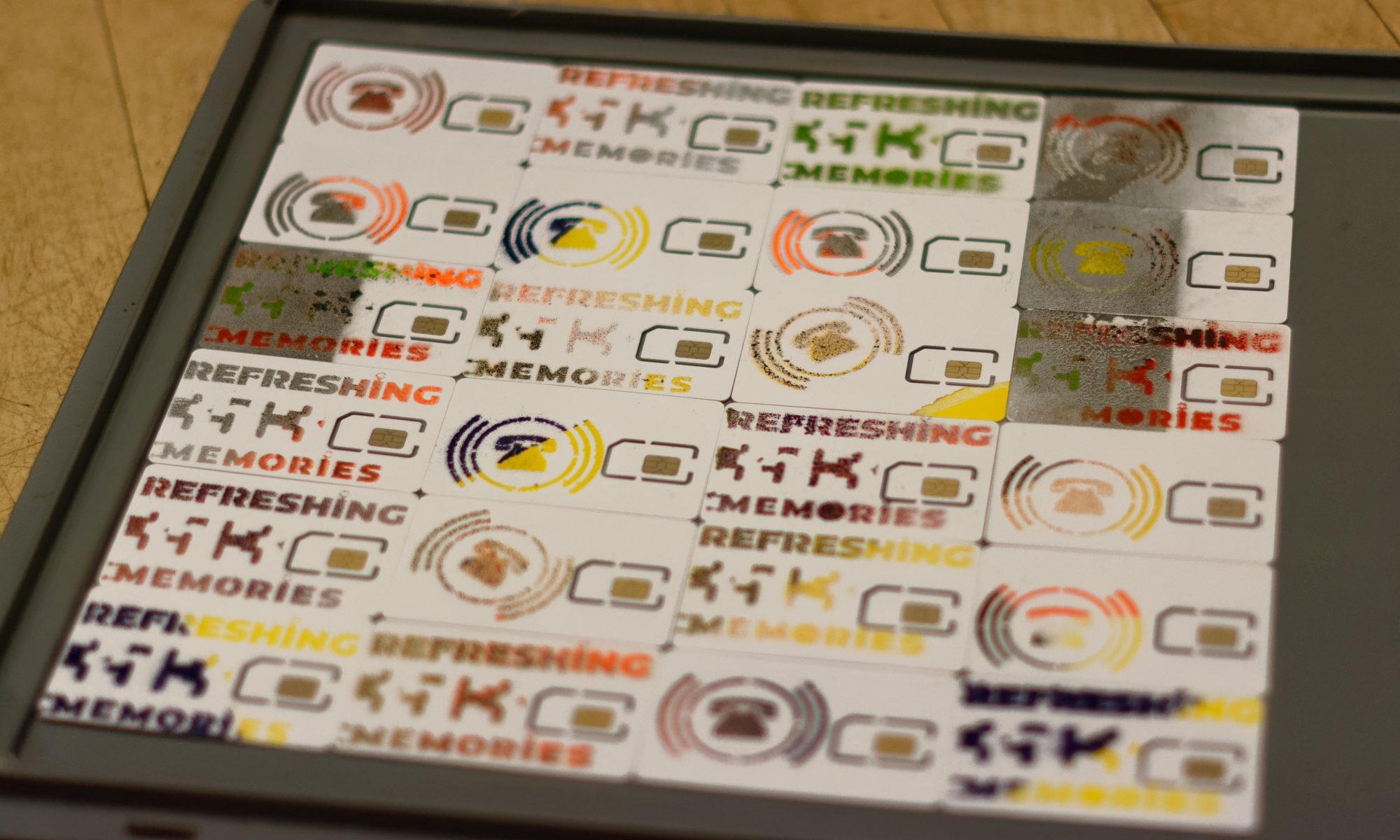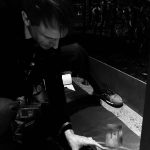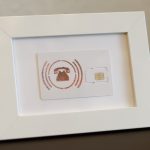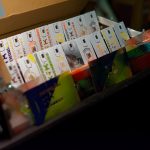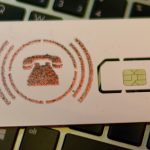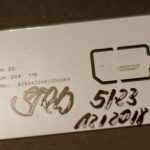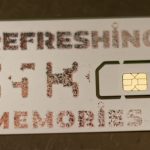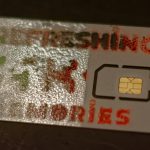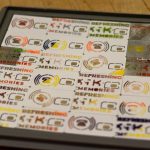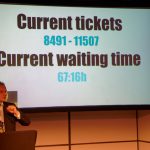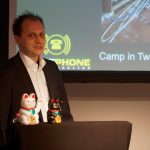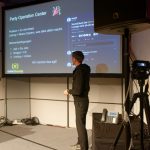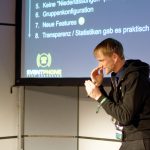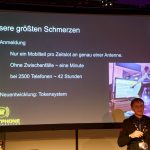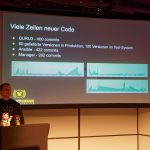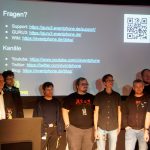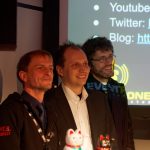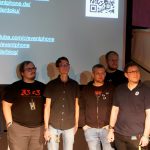Tl;dr: Auf dem Easterhegg 2019 werden wir Metadaten sammeln um in Zukunft potentiell mehr DECT Endgeräte unterstützen zu können. Alle gesammelten Daten werden nach 4 Monaten vollständig gelöscht. Sprache wird nicht aufgezeichnet.
English version.
Warum?
Im letzten Jahr haben wir die die Hard- und Software des Phone Operation Center (PoC) fast vollständig ersetzt und somit die Benutzung erleichtert. Zusätzlich hat uns dies die Möglichkeit eröffnet Funktionen zur Verfügung zu stellen, die mit dem alten Setup unmöglich waren. Dazu gehören die Selbstregistrierung von Telefonen, bessere Erweiterbarkeit, die Selbstverwaltung von Nebenstellen und Rufnummerngruppen oder das LDAP Telefonbuch. Nun wollen wir ein weiteres großes Problem aus BenutzerInnensicht lösen: Die Kompatibilität von DECT Endgeräten. DECT-GAP ist ein Standard, der einen relativ großen Gestaltungsspielraum zulässt. Das führt dazu, dass es eine beachtliche Anzahl an Geräten gibt, die zwar DECT-GAP-Konformität in ihren technischen Daten angeben, aber trotzdem nicht oder nur mit Einschränkungen an unserem System funktionieren. Bisher war kein Hersteller bereit, z.B. durch Firmwareanpassungen dafür zu sorgen, dass die Geräte an unserer Anlage funktionieren, auch wenn wir konkrete Vorschläge zur Änderung gemacht haben und sich dadurch keine Nachteile hinsichtlich der Kompatibilität zu ihren Basisstationen ergeben.
Continue reading “Achtung! Wir speichern auf dem Easterhegg 2019 die Metadaten der Telefonie-Endgeräte.”
